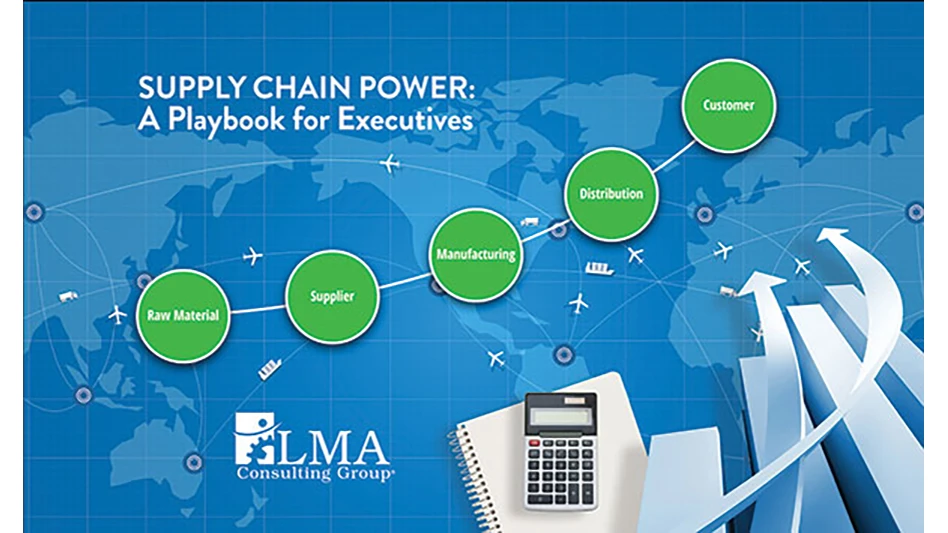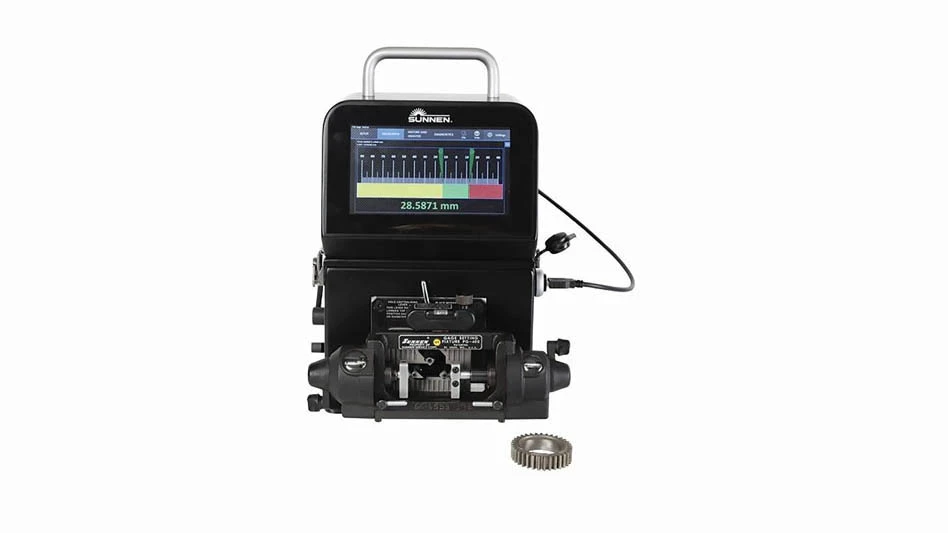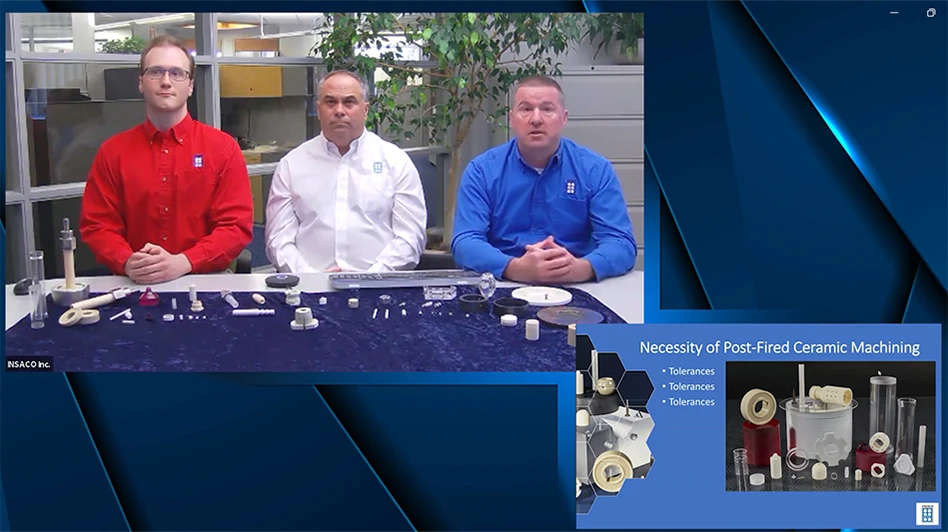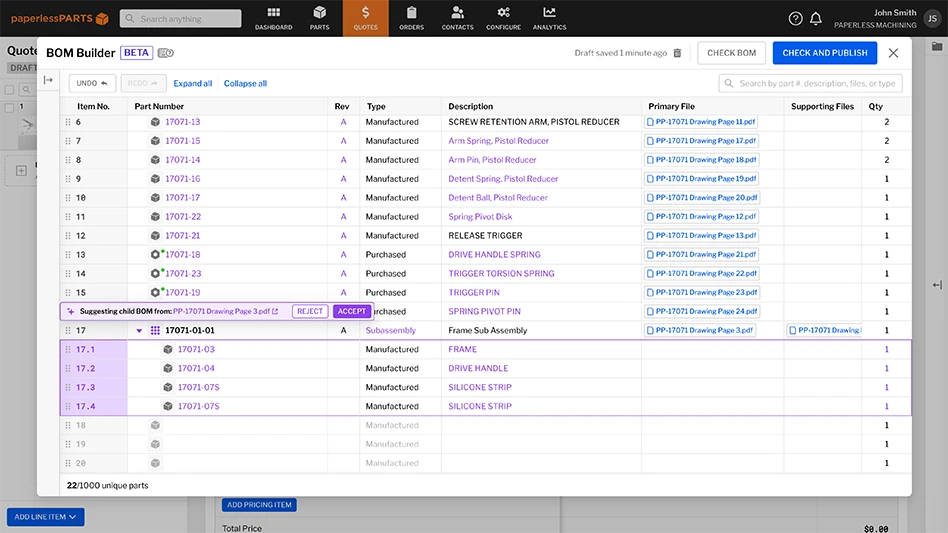
Medical device companies come in all shapes and sizes, but they all have one thing in common: they must be able to clearly demonstrate the efficacy, safety, and quality of the products they hope to bring to market.
Meeting these criteria isn’t always easy, especially when growing companies lack unified approaches to documenting and uniting quality management activities. Too many companies view quality management as an afterthought instead of an opportunity to enhance collaboration and bring products to market faster.
To meet the demands of the U.S. Food and Drug Administration (FDA), as well as those of investors, clients, and other partners, medical device companies need to take more ownership of the quality process and invest in tools and strategies that actively enhance their ability to grow and scale.
To clear regulatory hurdles and find success in the market, medical device companies also should think about how implementing and customizing an electronic quality management system (eQMS) can help achieve their goals.
A unified digital approach
CGX was born out of the research space and founded by a team of engineers, offering an alternative to traditional wet electroencephalograms (EEGs). Instead of applying cold, sticky gel on a patient’s head to attach numerous electrode pads, our all-in-one headsets and complementary products provide high levels of EEG signal integrity without the messy setup and time consuming clean up.
As interest in the device grew, we knew it was time to take our ideas to the next level. But like most new medical device companies, we didn’t have all the tools in place at the beginning, especially on the quality management side.
With a mix of Excel spreadsheets, printed paper documents, and on-premise file structures that differed from person to person, we were able to make progress for the first few months.
But we quickly realized this ad hoc approach wasn’t going to work. We needed shared access to standardized documents that could be tracked, traced, and managed collaboratively.
After thoroughly vetting half a dozen different options for a comprehensive electronic quality management system (eQMS), we chose to partner with a vendor specializing in quality management technology and services specifically for life sciences companies.
Coincidentally, COVID-19 hit shortly after the switch, reinforcing the value of our decision. As we moved our operations remote, we could be sure we wouldn’t take a hit due to inaccessible files or documentation confusion. Throughout the pandemic, we’ve been able to work closely with our manufacturing partners and clients without concern about communication silos or missing pieces of paper.

Creating a customized eQMS
A staggering range of products and services fall under the medical device category, meaning no two medical device companies or their quality management needs are exactly alike.
Medical device companies require the ability to customize their eQMS systems to accurately capture unique processes and demonstrate safety, quality, and value to regulators, investors, and clients. Tailoring templates does take some upfront effort, but the work eventually pays dividends.
Customizing the eQMS forces company leaders to develop a full and accurate understanding of each component of their process and define procedures in detail. This knowledge will be invaluable when applying for FDA 510(k) clearance. It’ll also contribute to more agile, well-informed decision making when it comes time to scale or pivot.
Personalizing our eQMS helped CGX realize we didn’t need a large in-house team to be effective. Instead, our collaborative digital eQMS platform allowed us to work closely with a smaller group of experts, providing a home base for all interactions. This approach to real-time, traceable collaboration for quality management drove down costs and increased productivity.
After the change, we also started completing more projects on time and taking on more additional work than previously possible with a paper-based approach. Since switching to an eQMS, product output has increased by 140%, opening significant new opportunities for driving market growth.
By placing quality documentation at the center of our efforts and investing early in customization work, we feel like we own the process and can form stronger, more open partnerships with our engineering and manufacturing colleagues.

Leveraging quality documentation
510(k) clearance is a major milestone for any medical device, and one that takes a great deal of effort to achieve. Companies must have absolute confidence in their product and clearly demonstrate their devices are safe, effective, and ready for the marketplace.
Working closely with a regulatory consultant or a third-party reviewer is essential for success. Companies should feel comfortable asking questions about the nuances of the process – and they should be able to expect clear, comprehensive answers from their partners. It’s much easier to have these conversations when everyone is aligned around the documentation.
Internal quality documentation should already closely match what the 510(k) submission seeks and an eQMS should be flexible enough to allow for templates that closely mirror what the FDA requires. This can simplify the process from the very beginning and avoid any ambiguity about what’s required to complete the submission successfully.
We feel our upfront, digital-driven quality management efforts have positioned us for long-term success. Unlike our first phase of operations, we aren’t relying on copies of emailed spreadsheets and paper in our quality documentation process. Instead, we’re able to engage in a process that works for our specific needs while meeting the high standards of the FDA and fueling our plans to maximize our presence in the clinical marketplace.
CGX LLC
https://www.cgxsystems.com

Explore the December 2022 Issue
Check out more from this issue and find your next story to read.
Latest from Today's Medical Developments
- A 30-year journey through CAM: Insights on simulation technology
- Behringer Saws’ HBE663A Dynamic horizontal bandsaw
- North America's supply chains face sharp decline due to tariffs
- Experience precision: GF Machining Solutions' CUT F Series wire EDM
- Mastering high-temp alloys with Kennametal Inc.
- Integer expands operations in Salem, creating 83 jobs
- Siemens unveils new Teamcenter X: Revolutionizing SaaS PLM for all manufacturers
- 3 Questions with an Expert with Allied Machine & Engineering





